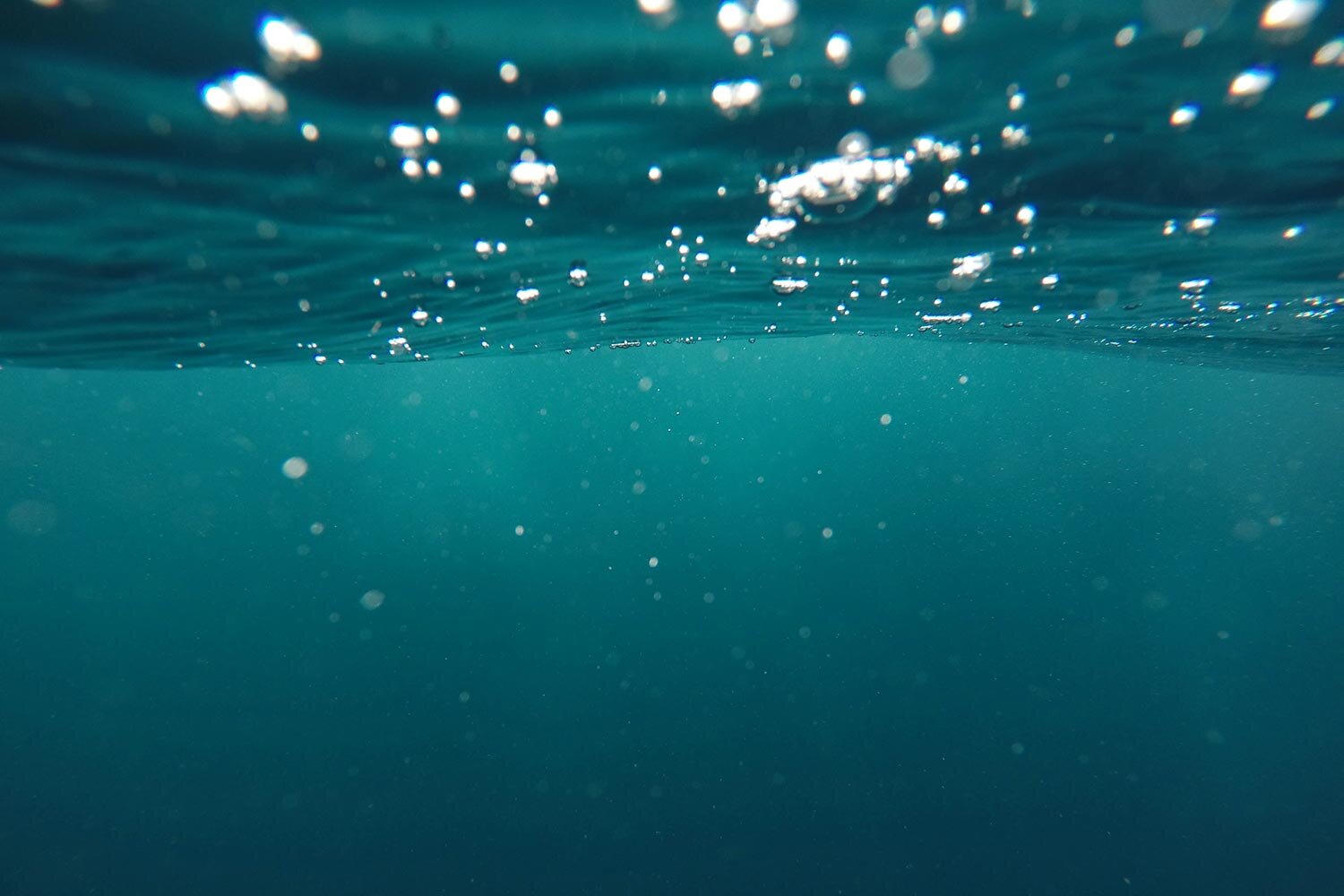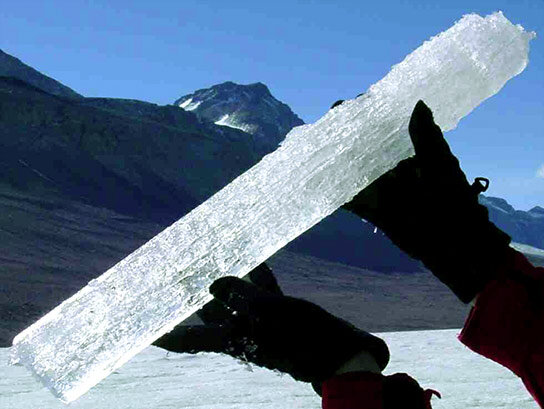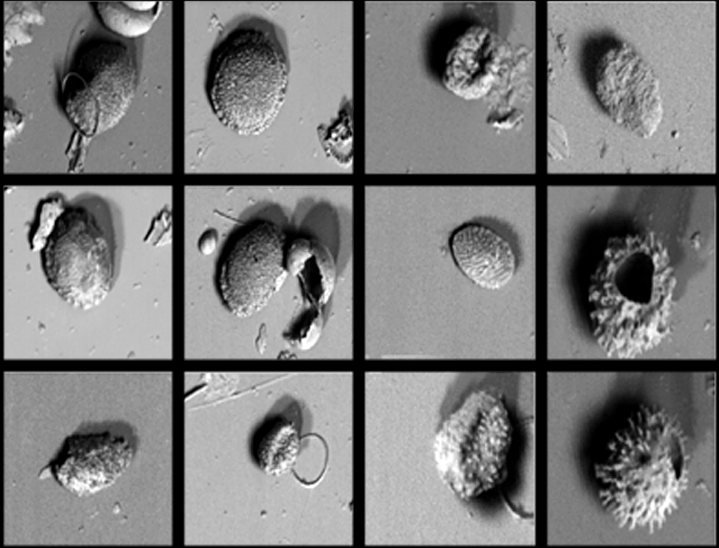
Mochii for Climate Research
Analyzing Marine Phytoplankton
In the Field : Diatom Indicator Species
Paleoclimatologists study how the global climate has changed over the life of the Earth. One way these scientists determine prehistoric climate characteristics is by observing changes in marine plankton fossils trapped in arctic ice. “Ice cores” are cylinders of icy soil pulled from layers of arctic seabed, and based on a layer's depth scientists identify when a layer of the cylinder formed.
Voxa worked with oceanographic paleoclimitologists at the University of Washington to image marine plankton fossils from ice cores collected in the arctic. Some species have significant economic significance as they are neurotoxic to humans if they are consumed in shellfish. With mochii's resolution and clarity, scientists are able to more easily identify different species of ancient plankton within each ice layer that give critical clues about the impact of water temperature and carbon dioxide levels from that time period. Mochii's images enable much greater sensitivity and automated species identification than previous methods, enabling researchers to draw significant conclusions more effectively, and before even returning to port.
Mochii Plankton Samples
Holocene Era Radiolaria
Pacific Northwest Kelp with Plankton
Pacific Northwest Ice Core Plankton Collection




